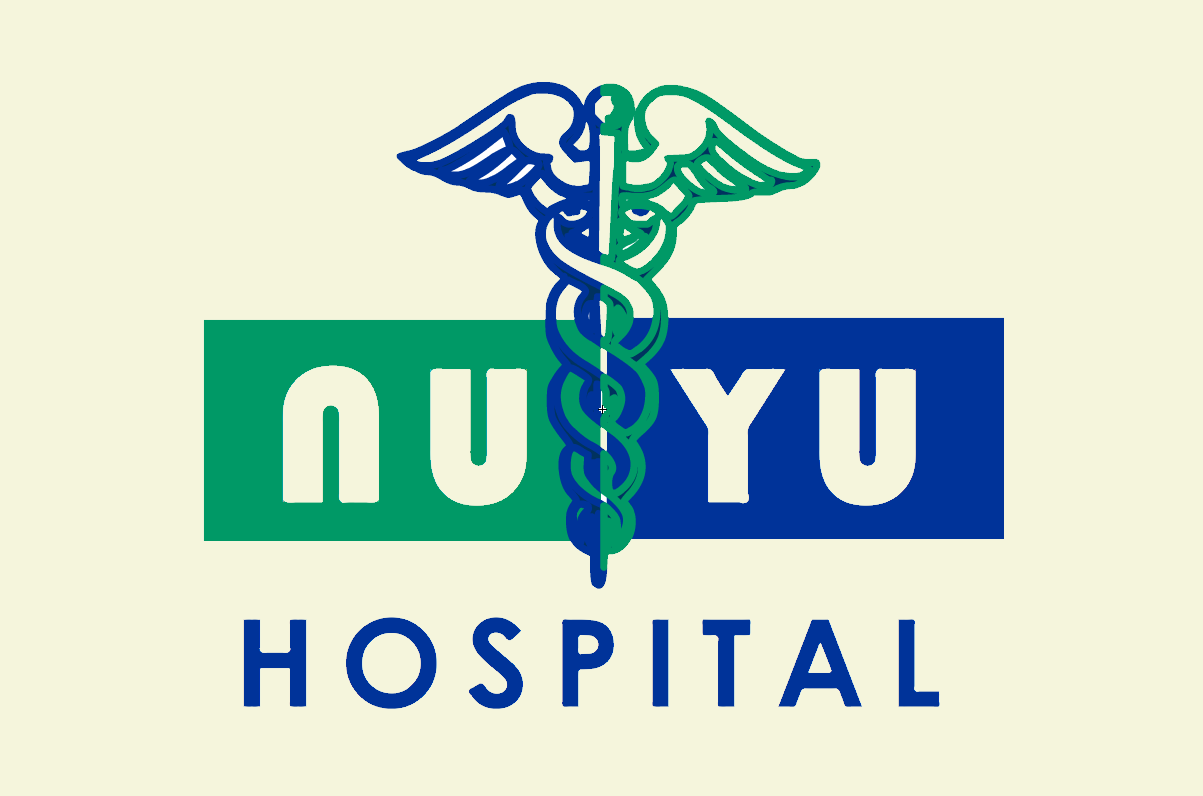The clinical psychologist meets Angela and asks her about her headache and how it is affecting her. She gives Angela information on post-stroke headache and discusses strategies to help Angela manage her pain and anxiety. The psychologist then gives the MDT a plan on managing Angela’s symptoms.
MDT Action Plan |
 |
|
|---|---|---|
Distraction
Clear rehab goals
Relaxation
Education
Involve her family in rehab
|
||
MDT Action Plan
Distraction
- try to engage her in the kinds of activities she usually enjoys
- get her to take part in tasks in therapy
Clear rehab goals
- focus on goals of getting home and back to doing the things she enjoys
Relaxation
- encourage her to take part in relaxation therapy – likely to help since if she is tense and anxious that may exacerbate her headache
Education
- ensure she understands that there is nothing sinister underlying her headache
- reassure her that although rehab activities may increase her headache at the time this does not mean they are harmful
Involve her family in rehab
- provide her family with information about headache after stroke
- encourage them to work with her in rehab and in managing her pain
Page last reviewed: 28 Apr 2020


